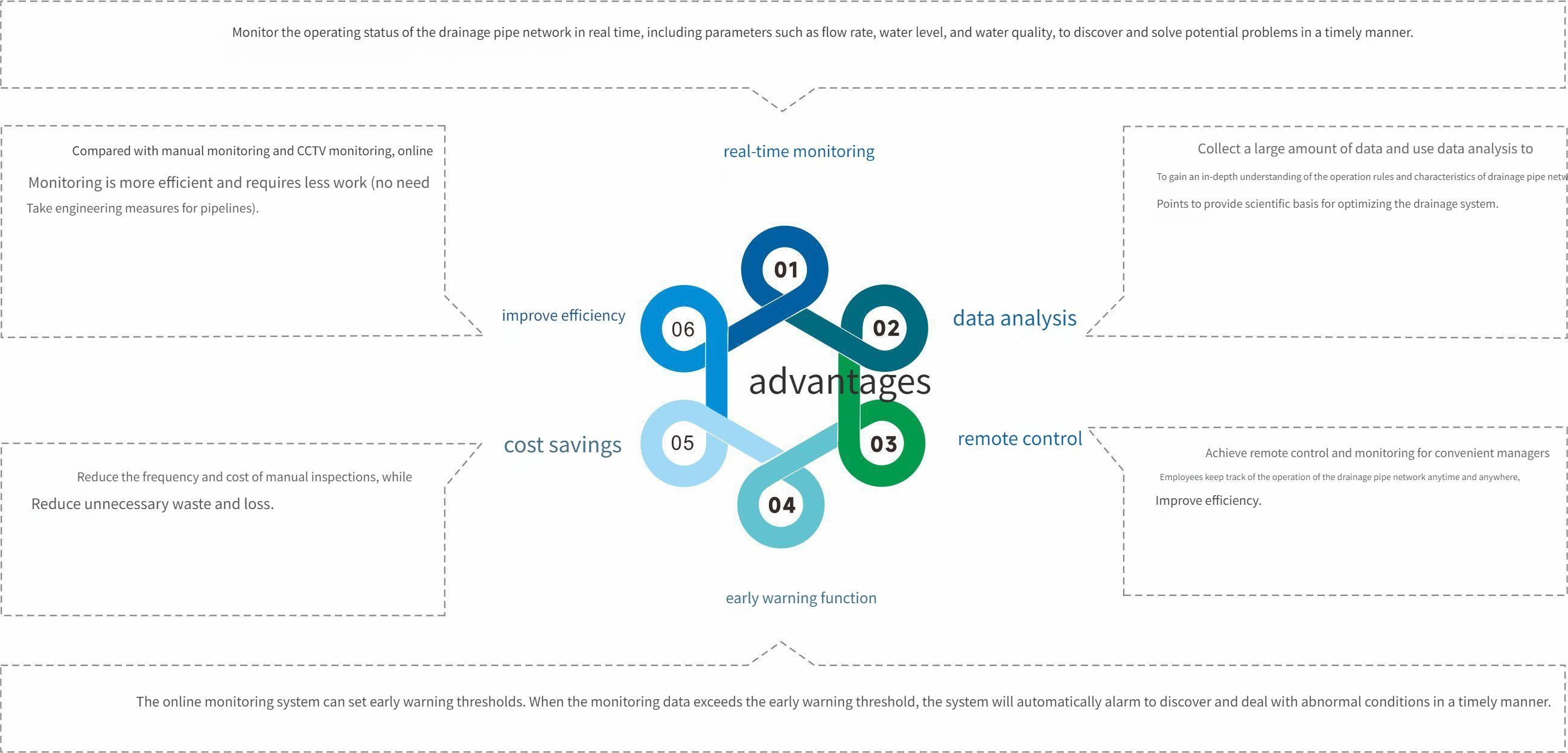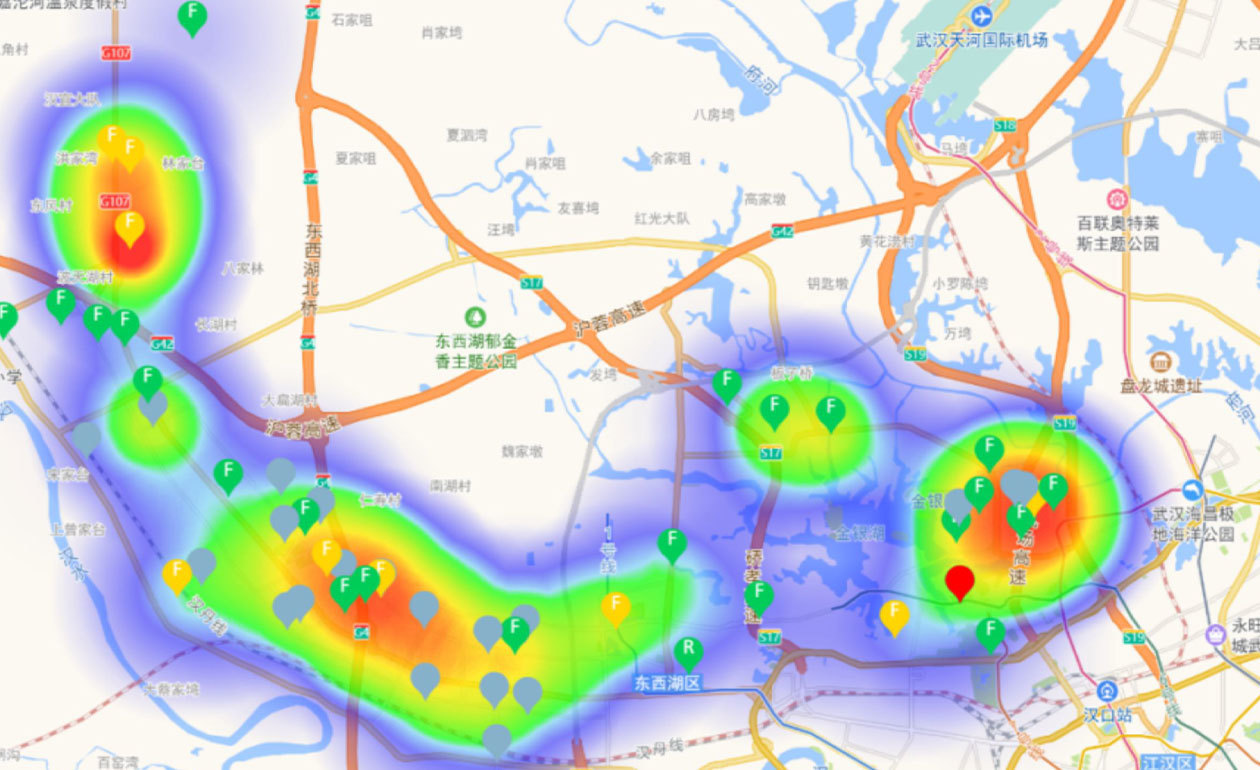Water quality and quantity monitoring and diagnosis
Summary: By deploying online monitoring equipment or conducting manual sampling at key nodes in the drainage system, real-time or regular collection of flow and water quality data is performed to analyze the operating status of the drainage network. Through the analysis of water quality and quantity changes, problems such as pipe network leakage, rainwater and sewage mixing, external water intrusion, illegal discharge of industrial wastewater, and direct discharge of domestic sewage can be diagnosed and identified, systematically analyzing the operating status of the drainage network. Combined with data modeling, the pipe network load capacity is assessed, and points of potential accumulation and overflow risks are located, providing a scientific basis for pipe network repair and rainwater and sewage separation renovation, and improving the management efficiency of the drainage system.

Project Overview
By deploying online monitoring equipment or conducting manual sampling at key nodes in the drainage system, flow and water quality data are collected in real-time or periodically to analyze the operating status of the drainage network. Through the analysis of water quality and quantity changes, problems such as pipe network leakage, combined sewer overflows, external water intrusion, illegal discharge of industrial wastewater, and direct discharge of domestic sewage can be diagnosed and identified, systematically analyzing the operating status of the drainage network. Combined with data modeling, the network load capacity is assessed, and points of accumulation and overflow risks are located, providing a scientific basis for network repair and rainwater and sewage separation renovation, and improving the efficiency of drainage system management.
Basic Principles
In order to accurately and timely grasp the operating characteristics of the urban drainage network, online monitoring and diagnostic methods are used. Through 24-hour online monitoring of parameters such as flow rate, water quality, and water level, continuous monitoring data is obtained, and its changing patterns are grasped to form diagnostic results, providing data support for subsequent network renovation.
This method can also be applied to aspects such as network renovation, acceptance evaluation, and effect verification.
1. Technical Route

2. Monitoring Point Deployment
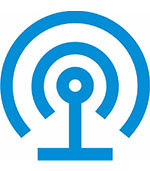 |
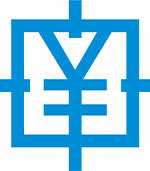 |
 |
||
|
A. Full System Coverage, Comprehensive Elements: Construct an integrated monitoring system of "source-network-station-plant-river lake", covering hydraulic and water quality monitoring elements. |
|
B. Balancing Economy, Technology, and Data Accuracy. |
|
C. Emphasizing Key Issues and Key Areas: Targeted monitoring of known problem sections and areas. |
3. Equipment Installation
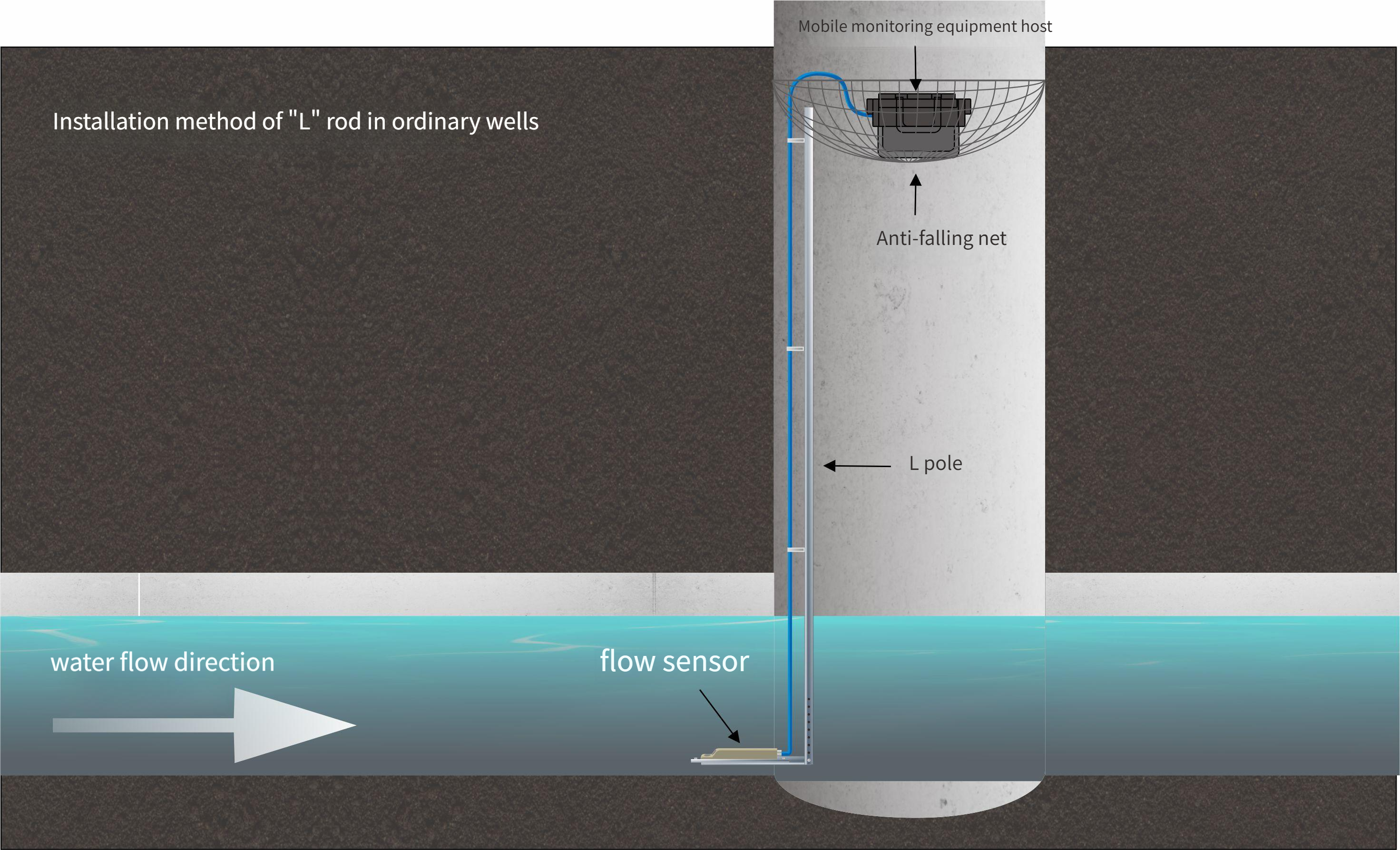
4. Data Upload
Monitoring data is uploaded online to the network diagnostic platform, visually displaying data changes. This platform has functional modules such as statistical analysis, multi-monitoring point comparative analysis, and early warning management.
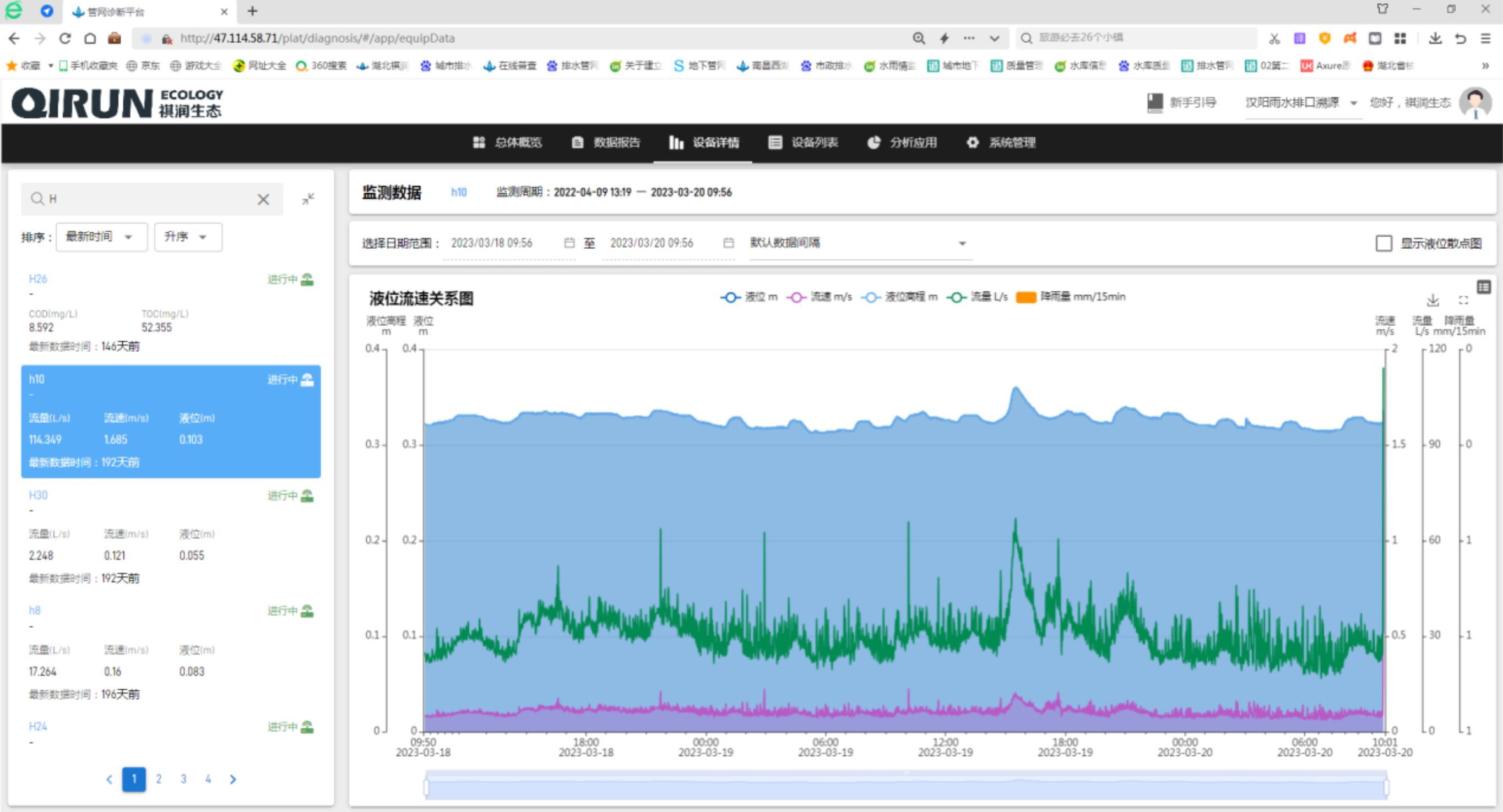

5. Analysis Results
Based on monitoring data and combined with analytical methods, the network operation risks, basic infiltration during dry days, overflow risks, and pollution loads are analyzed. The results reflect the problems and provide data support and decision-making basis for subsequent network planning, design, and project implementation.
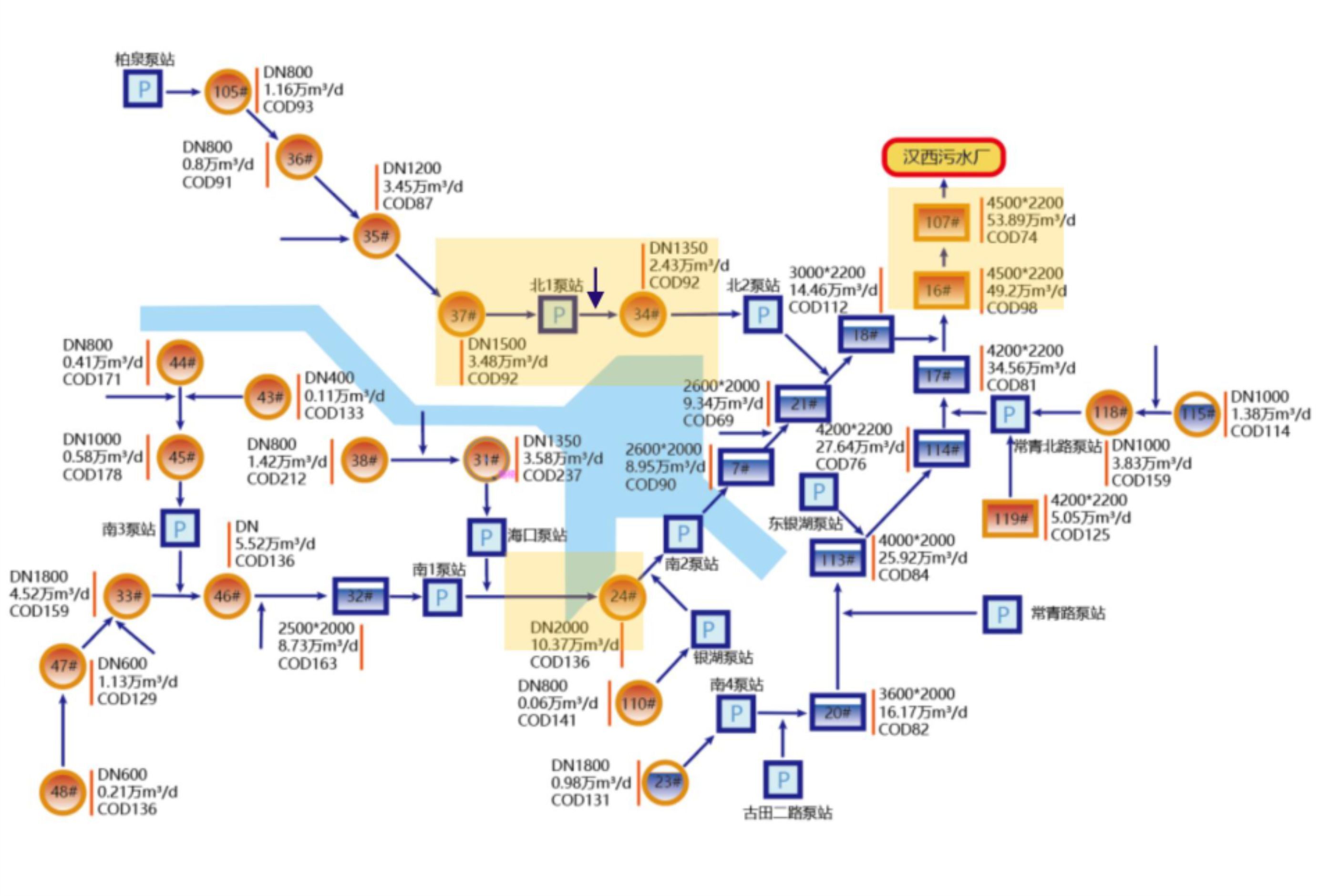
Online drainage monitoring and diagnosis has the characteristics of high efficiency, cost savings, and short cycle in the early stages of network investigation. In the later stages of network renovation, it can verify the effectiveness of the project, confirm whether the project has achieved its expected goals, and make timely corrections for any substandard situations, forming an effective closed loop for network inspection.
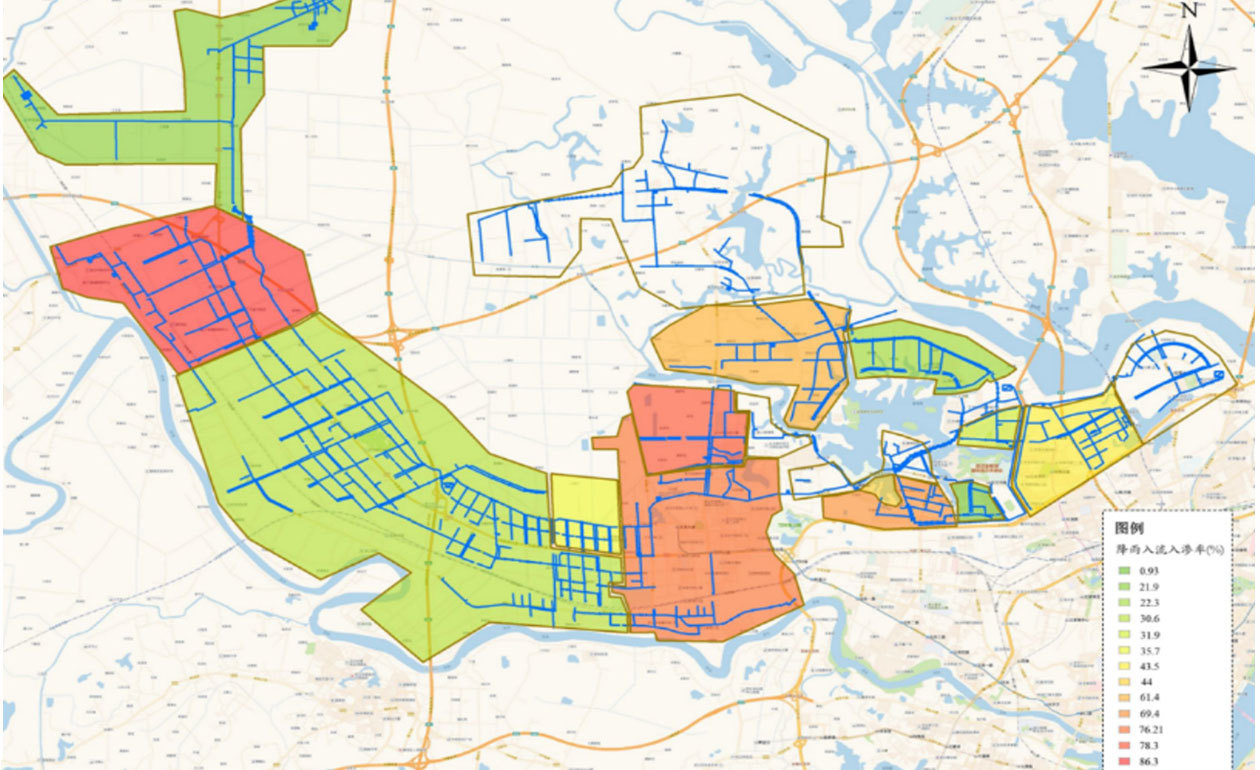 |
Rainfall Inflow Infiltration RDII Risk Color Block Diagram |
|
|
Network Operation Risk Heat Map |
 |
Diagram of Rainfall-Induced Inflow and Infiltration |
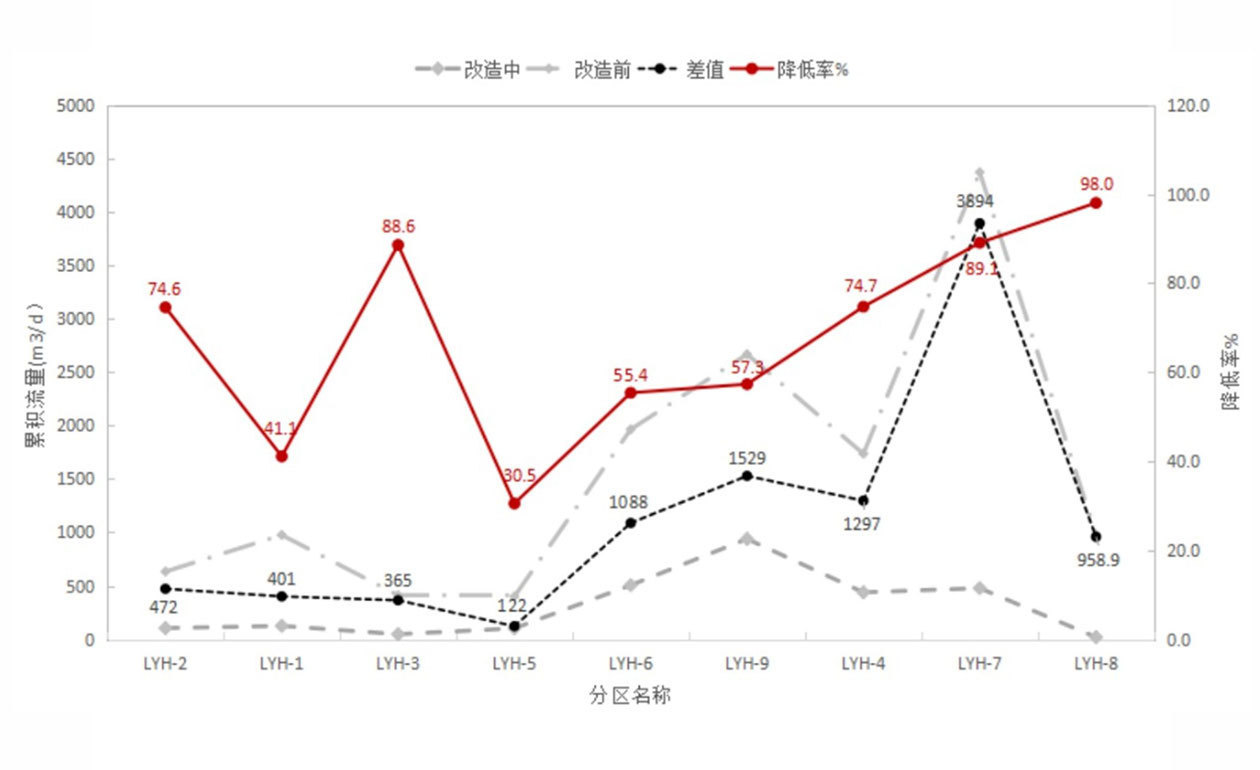 |
Renovation Effect Verification |
